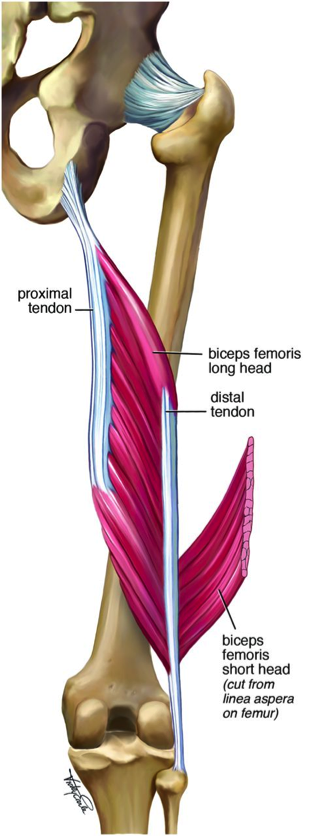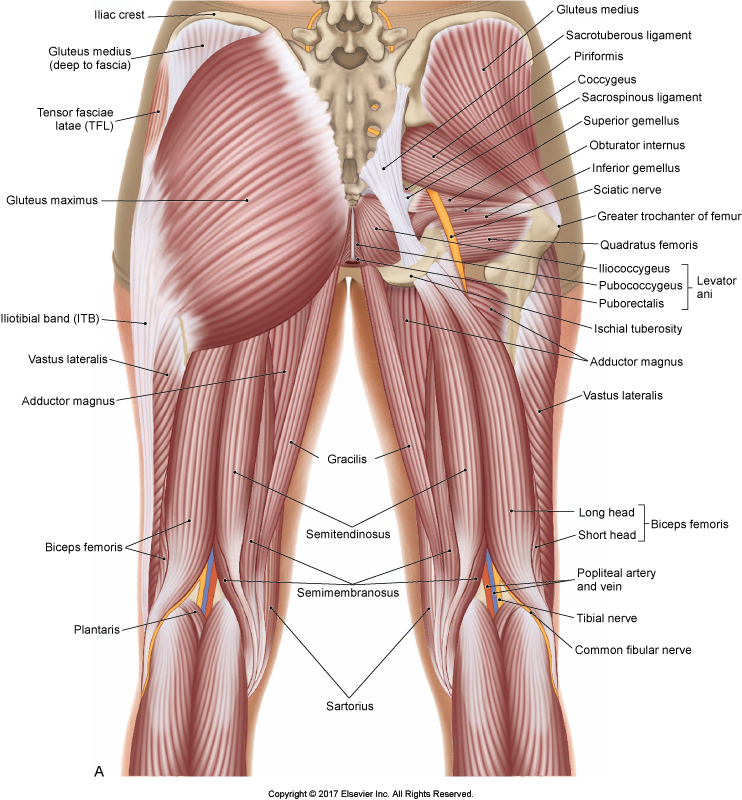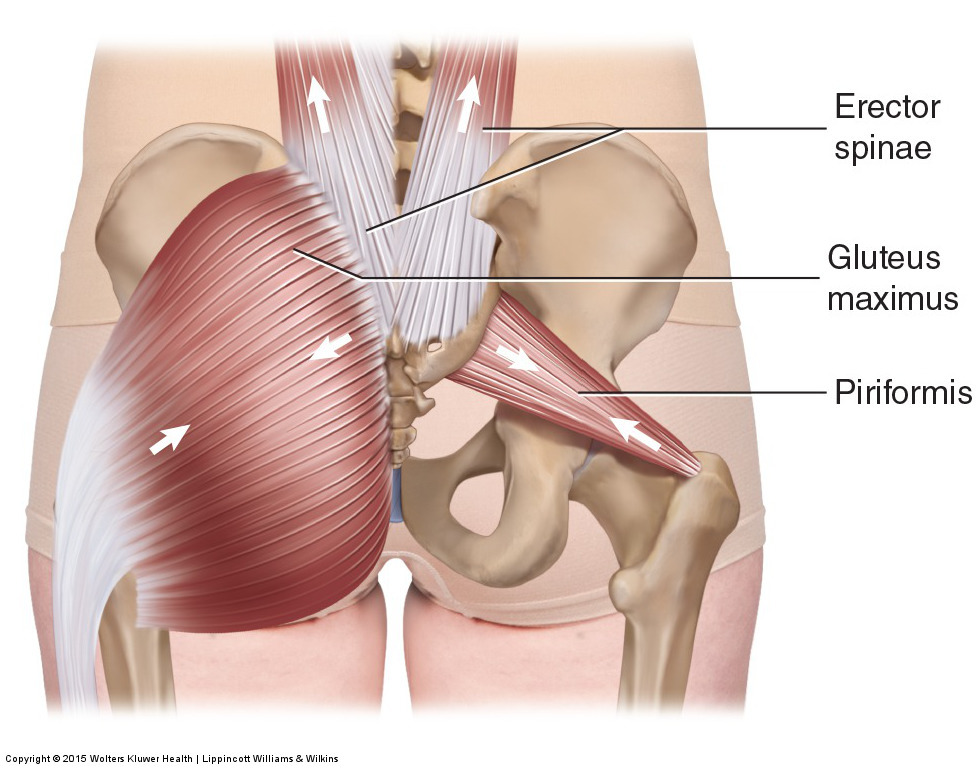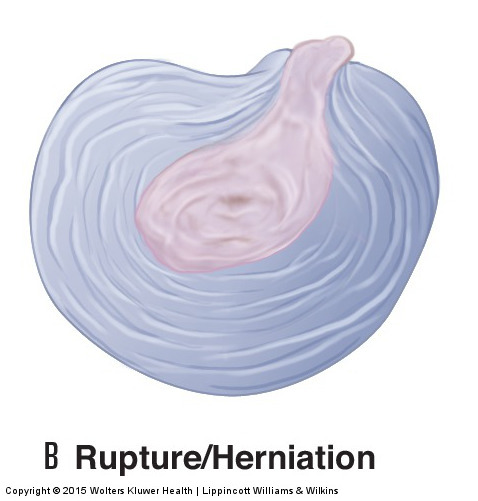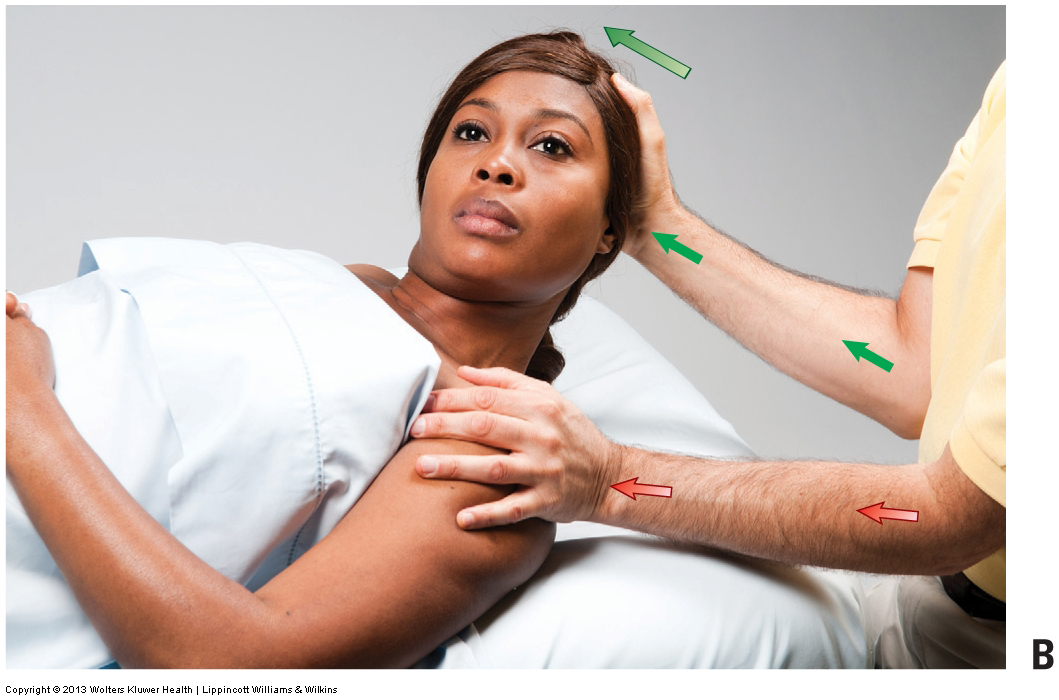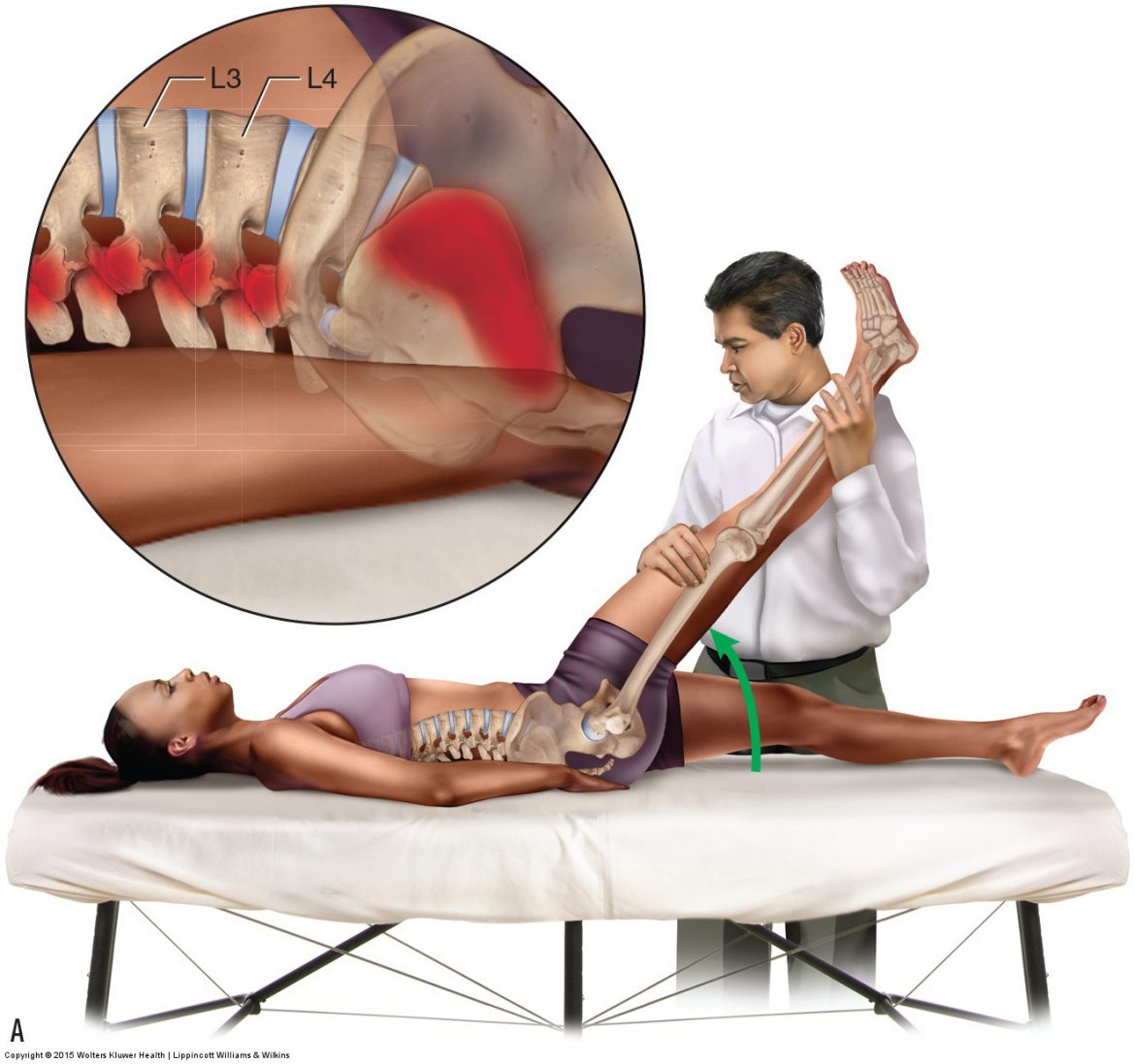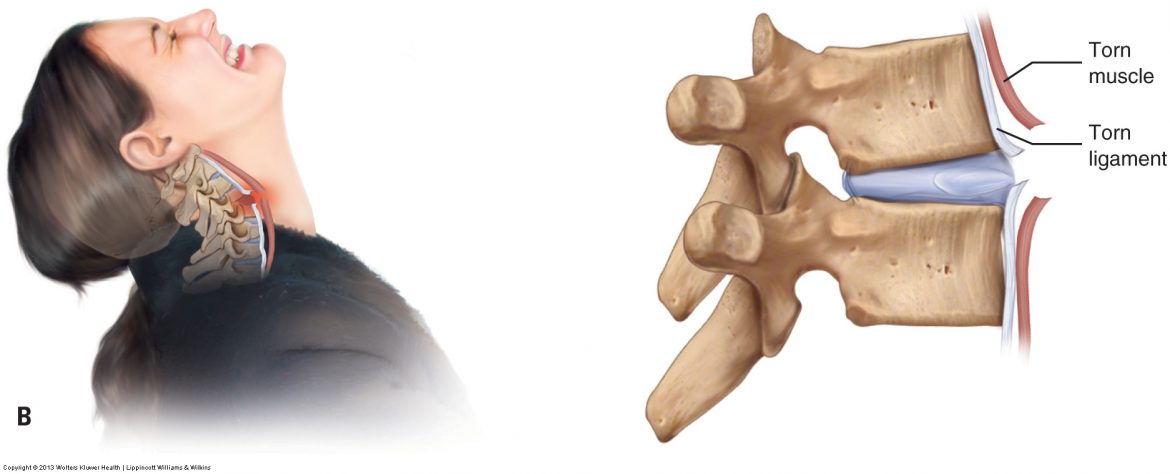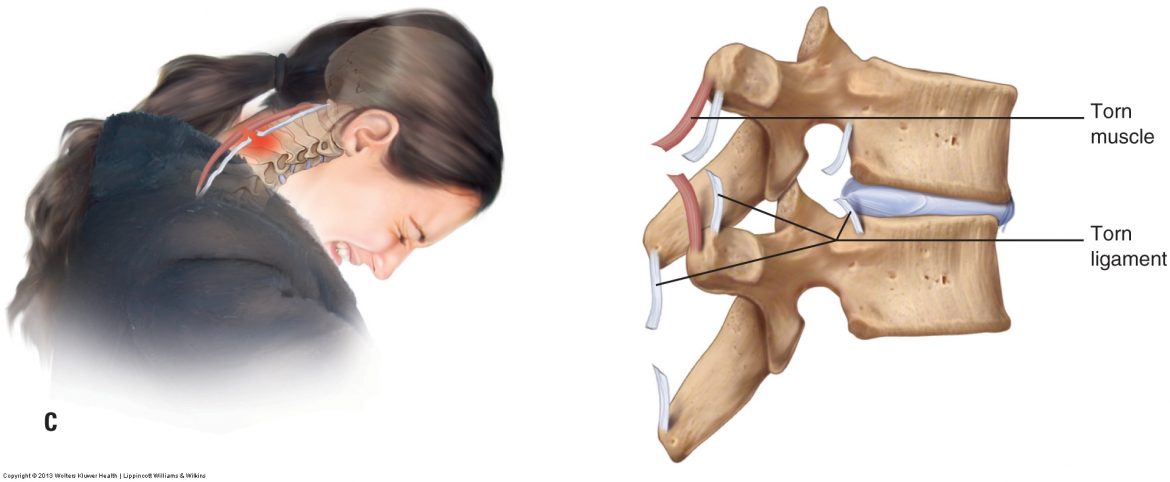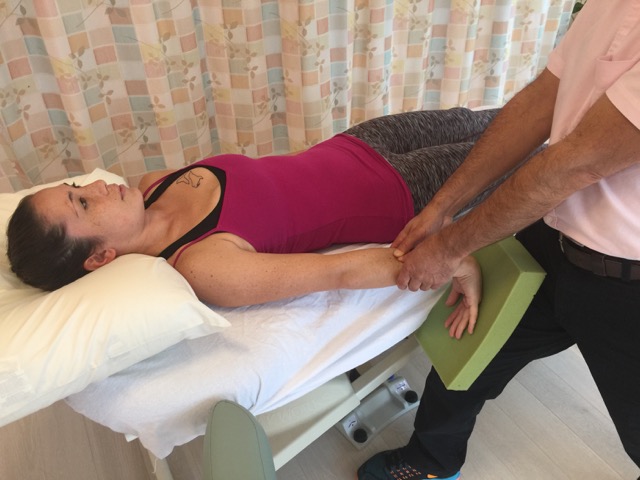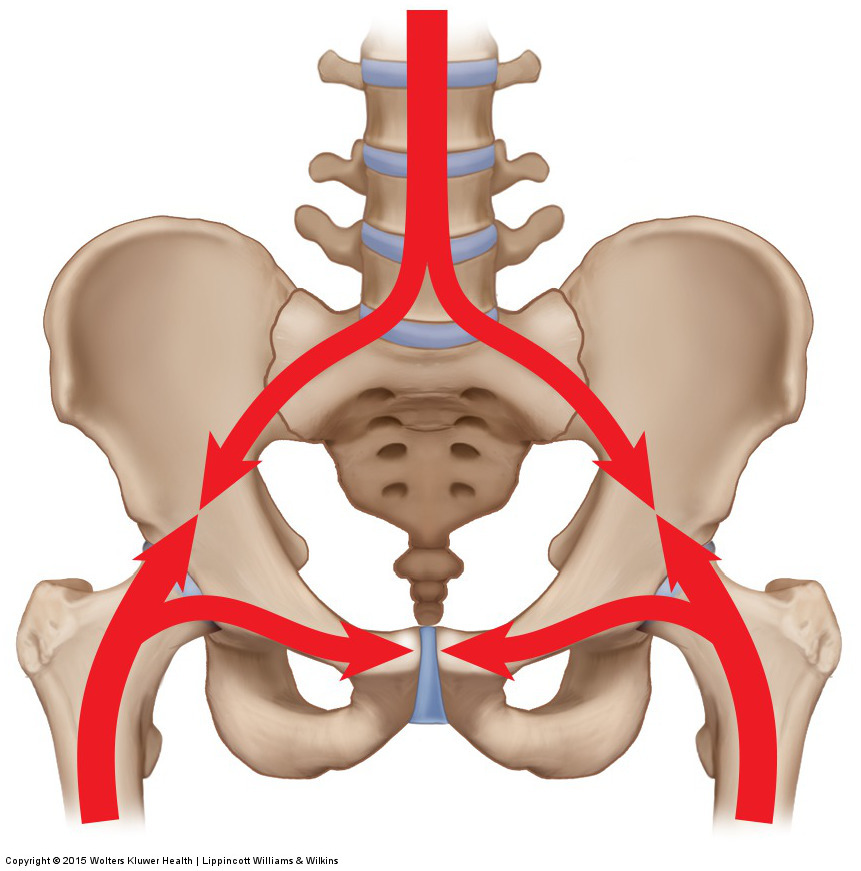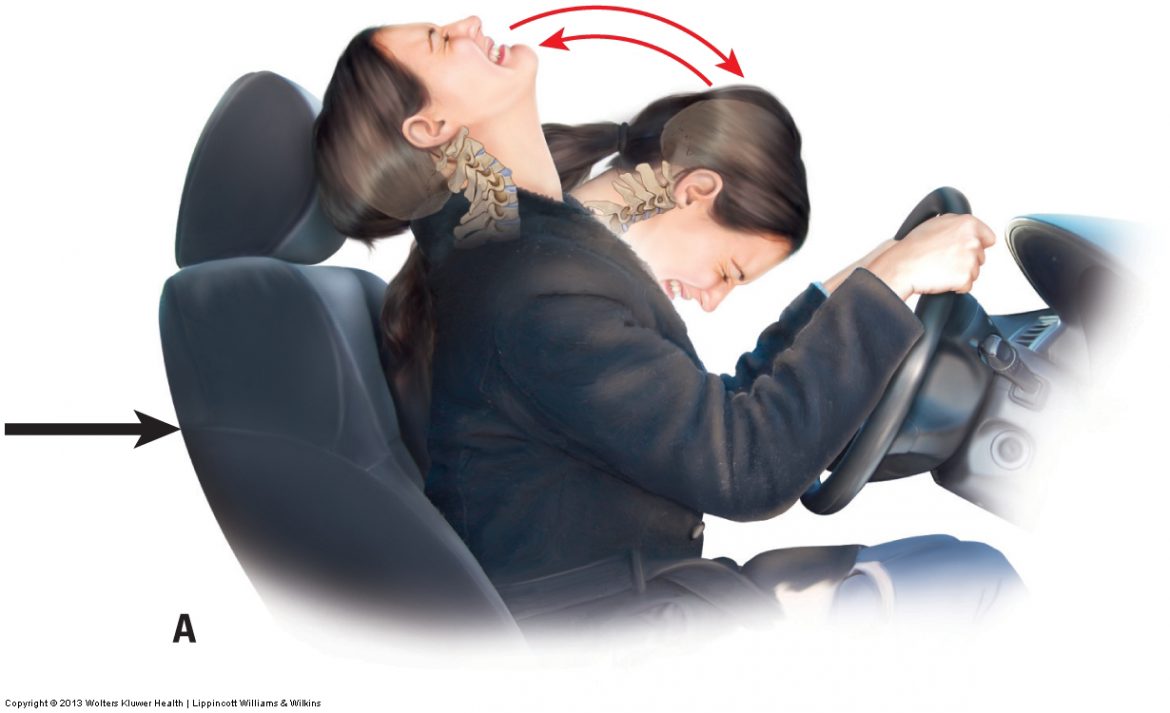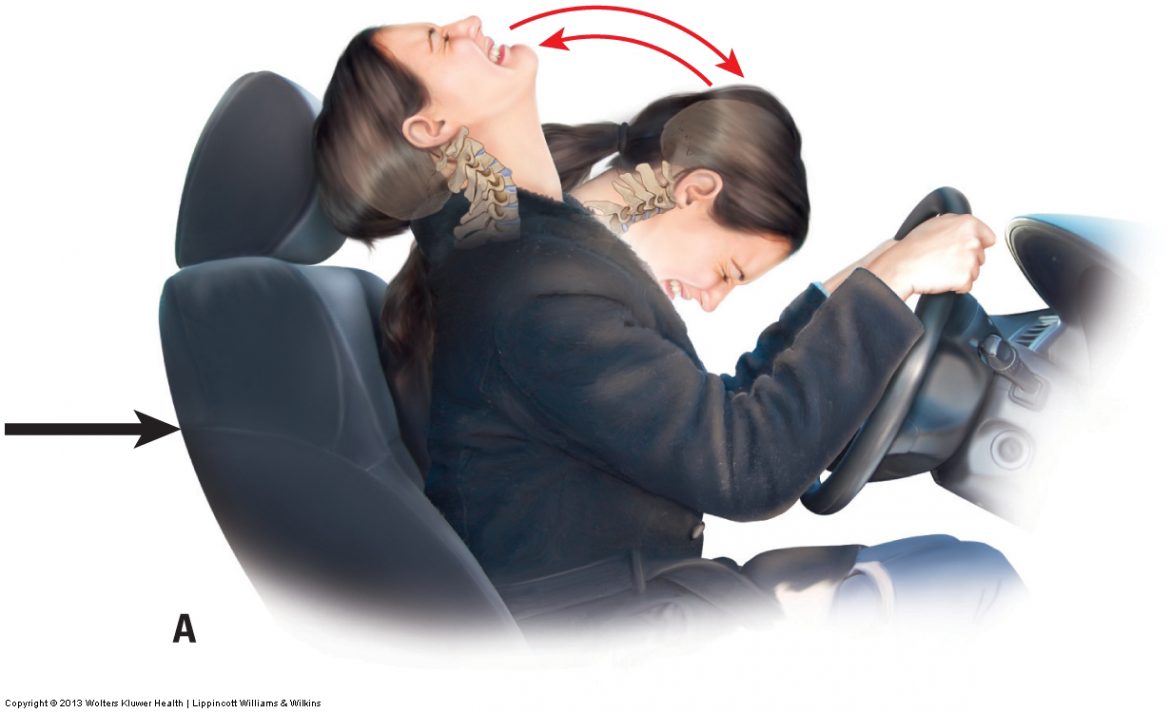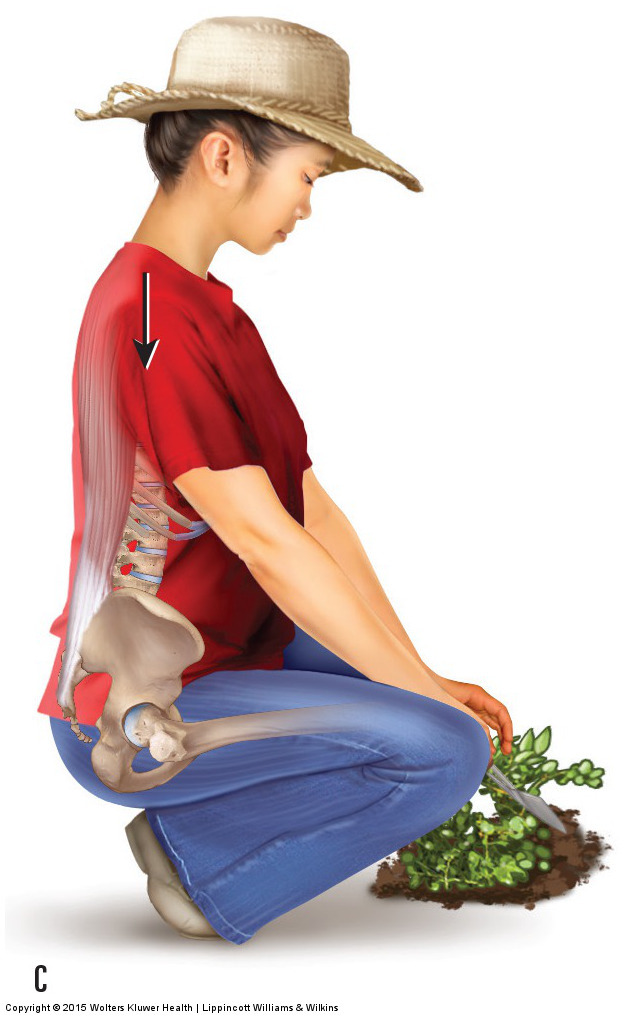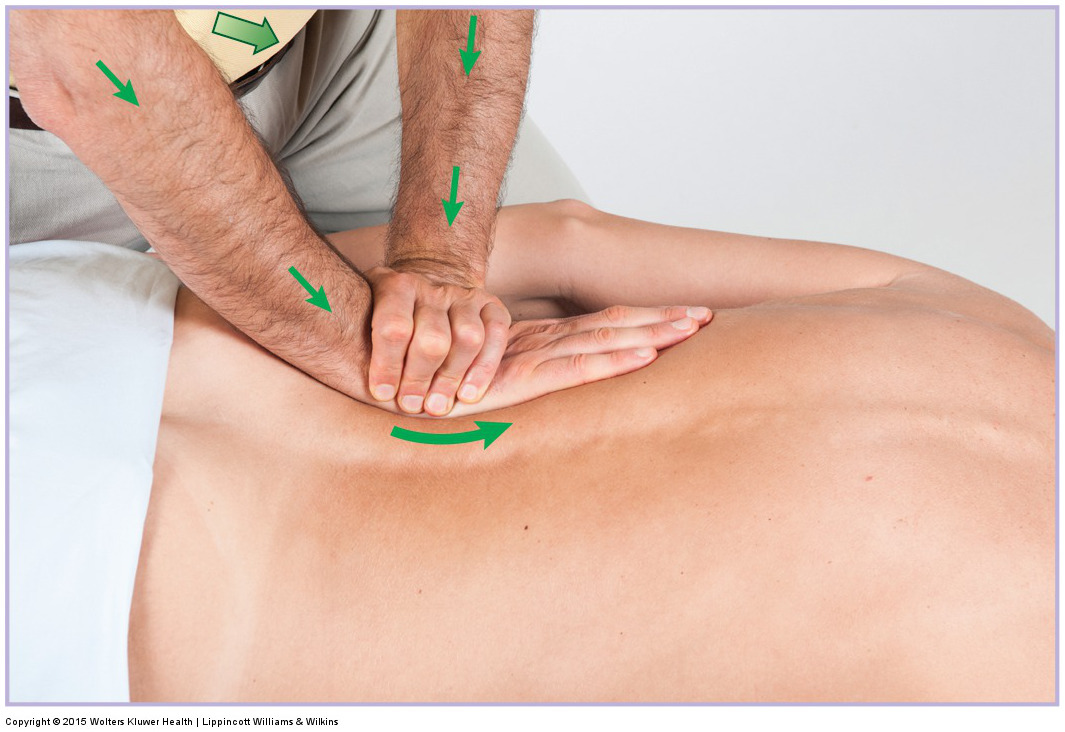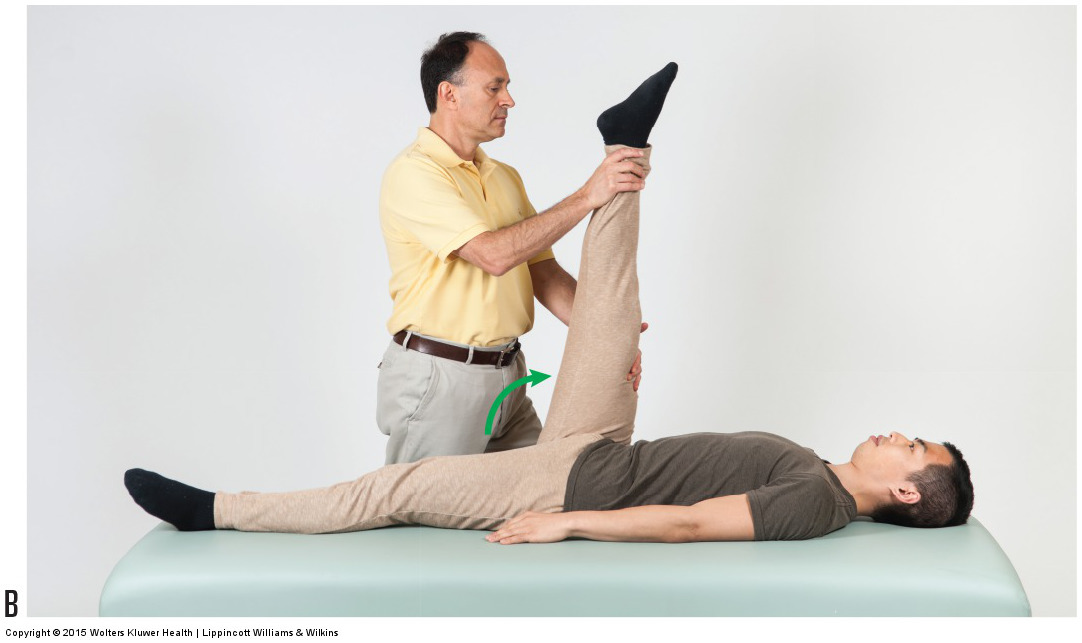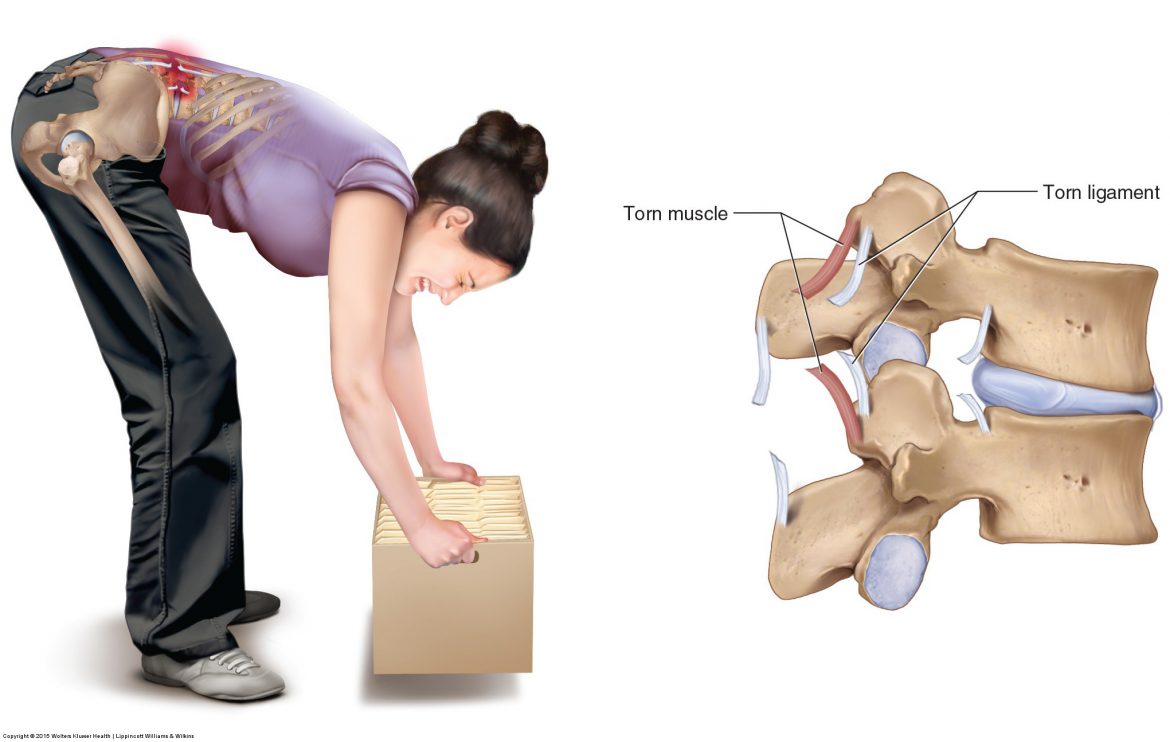A muscle strain may tear the myofibrillar attachments from the intramuscular tendon, with resultant bleeding and edema.
Five Muscles of Sacroiliac Stabilization – Part 2 – Coccygeus and Others
The coccygeus and levator ani are technically muscles of the pelvic floor, however, they are also muscles whose contraction forces cross the sacroiliac joint and therefore often tighten when a sacroiliac joint condition exists. The coccygeus attaches from the sacrum and coccyx to the ischial spine of the pelvic bone.
Five Muscles of Sacroiliac Stabilization – Part 1 – Piriformis
Even when the original reason for the sacroiliac stabilization is valid, often the human body overdoes it and tightens the musculature excessively and/or keeps it tight long after it needs to be, so the musculature becomes stuck in a chronic pattern of hypertonicity.
Nachlas and Yeoman’s Special Orthopedic AssessmentTests
This blog post article is part of a series of articles on assessment of the low back and pelvis. Scroll to the end of this article to see the others in this series. Nachlas and Yeoman’s Tests Nachlas’ test and …
Brief Review of Assessment and Treatment of Low Back Conditions
The following is a brief overview that links the low back condition with its corresponding assessment procedure and its corresponding treatment.
How do we assess (diagnose) whiplash?
Assessing a whiplash injury from another condition of the neck is straightforward because a whiplash by definition follows a macrotrauma of the neck,
Straight Leg Raise and Manual Resistance Tests for Strains and Sprains
Active SLR test assesses both sprains and strains. Passive SLR test assesses only sprains… however, this is a bit of an oversimplification.
What is whiplash and what are the causes of whiplash?
Whiplashes are usually associated with automobile accidents, but can occur during other activities such as playing sports or from a slip and fall.
What are the signs and symptoms of whiplash?
Acute whiplash injuries may result in dizziness due to irritation of the proprioceptors around the cervical spinal joints and muscles of the neck.
Manual therapy and self-care treatment of wrist sprain, strain & tendinitis
A wrist sprain is challenging to treat with manual therapy because it is essentially an overstretching of ligaments, which causes joint instability.
Sprains and Strains of the Low Back and Pelvis
Sprains and strains are similar in nature. When a ligament or joint capsule is torn, it is termed a sprain; when a muscle is torn, it is termed a strain.
Sacroiliac Joint Injury
The SIJ is subjected to a great deal of physical stresses both from below and above. A sacroiliac joint injury can be inflammation, sprain, and/or strain.
Assessment and Treatment of Specific Musculoskeletal Conditions of the Neck
This blog post introduces and explains how the manual therapist can perform assessment and treatment for specific musculoskeletal conditions of the neck.
Sprains and Strains (Whiplash) of the Neck
A whiplash is named for the characteristic whiplike motion of the person’s head/neck during a car accident, usually resulting in strain/sprain of the neck.
What are the self-care and medical approaches to low back strains and sprains?
Self care for a low back strain / sprain involves avoiding offending postures and activities such as bending and lifting, and using heat and stretching.
How do we treat low back strains and sprains with manual therapy?
For a low back strain / sprain, because the muscles of the low back are so large and powerful, the first goal of manual therapy is to reduce the spasming.
Signs, symptoms, and assessment of low back strains and sprains
A low back sprain and strain present a similar clinical picture. The client/patient will have low back spasming and pain, which will increase with motion.
What are the causes of low back strains and sprains?
The two most common causes for a low back sprain / strain are macrotrauma and repetitive microtraumas, often involving bending and lifting.

